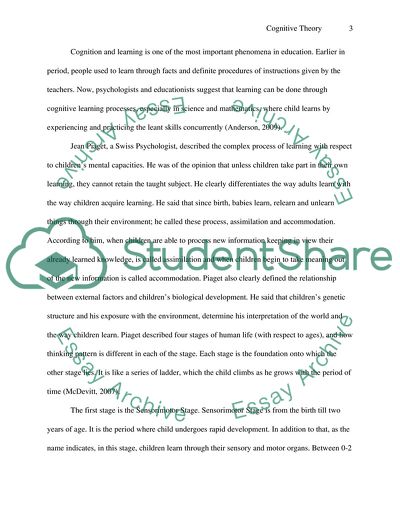Cite this document
(“Cognitive Learning Happens through Everyday Experiences Research Paper”, n.d.)
Cognitive Learning Happens through Everyday Experiences Research Paper. Retrieved from https://studentshare.org/education/1729337-cognitive-theory
Cognitive Learning Happens through Everyday Experiences Research Paper. Retrieved from https://studentshare.org/education/1729337-cognitive-theory
(Cognitive Learning Happens through Everyday Experiences Research Paper)
Cognitive Learning Happens through Everyday Experiences Research Paper. https://studentshare.org/education/1729337-cognitive-theory.
Cognitive Learning Happens through Everyday Experiences Research Paper. https://studentshare.org/education/1729337-cognitive-theory.
“Cognitive Learning Happens through Everyday Experiences Research Paper”, n.d. https://studentshare.org/education/1729337-cognitive-theory.


